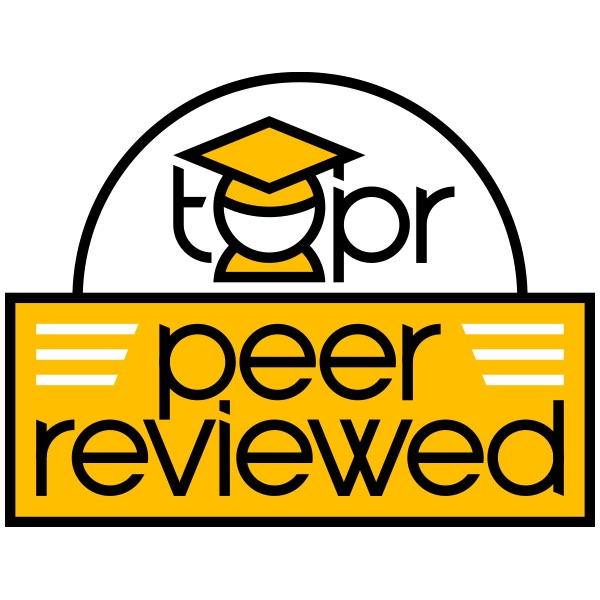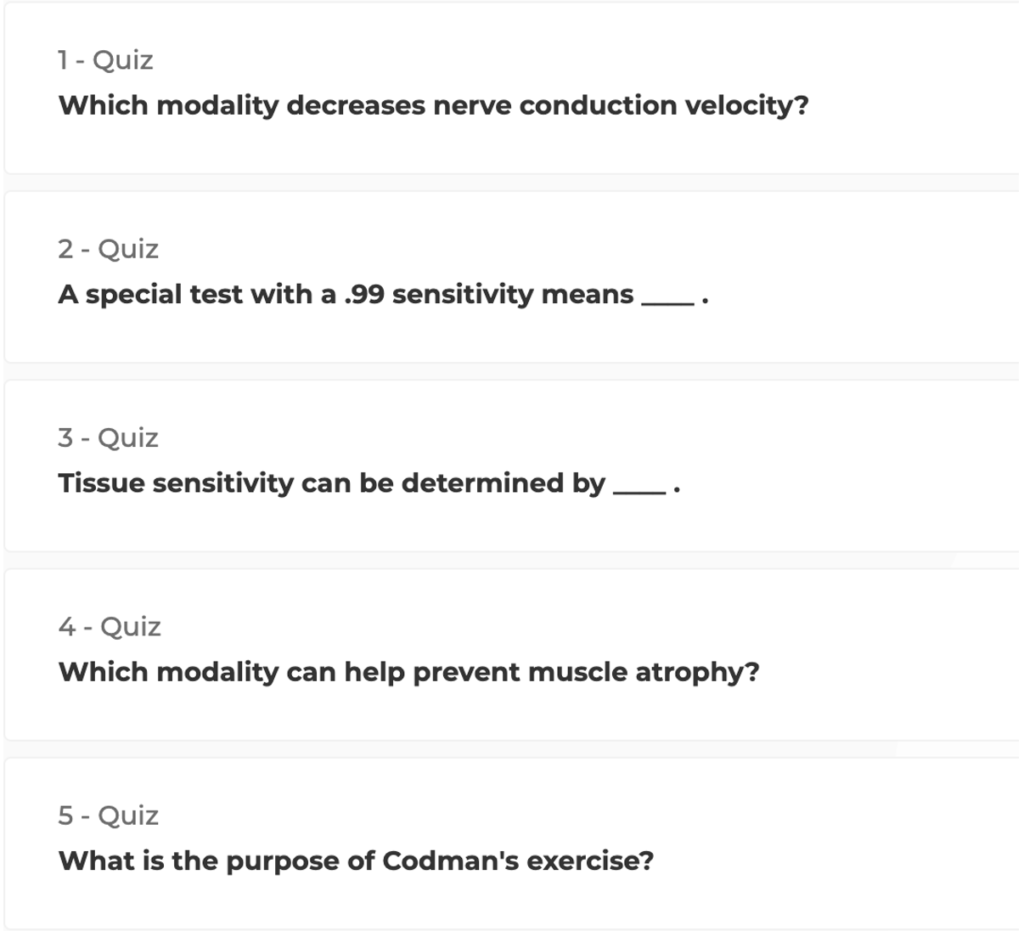
Online asynchronous discussion forums offer instructors a valuable formative assessment medium, as well as fostering community in online courses (Berry, 2017). While common in online classrooms, asynchronous discussion boards are less frequently used in face-to-face classrooms. Such discussion boards, however, can be valuable homework assignments to enhance face-to-face classroom learning. They can add value to every component of the community of inquiry, as well as allowing the instructor to assess written communication, asynchronous teamwork, and course-specific knowledge.
The Community of Inquiry Model describes how teaching, cognitive, and social presence influence the overall learning experience (Garrison & Arbaugh, 2007). In the asynchronous discussion, instructors can enhance teaching presence by providing response posts with additional resources related to emerging student interests that may not have emerged in the residential classroom. The asynchronous online discussion promotes social presence by enhancing peer-to-peer learning across different styles, therefore offering more learning opportunities tailored to the student-directed learning style preferences. Peer-to-peer learning is especially important when student learning styles don’t match the instructor’s style (Lange, et al., 2000). The discussions also enhance sustained cognitive presence as students process information in novel ways from multiple sources.
Strategy Implementation
Asynchronous online discussion forums were integrated into the face-to-face classroom as weekly homework assignments in an entry-level allied health course. Each week, students were prompted to submit three key components in an initial post:
- A summary of 3 key learning points for the week, with evidence-based citations.
- A question on a concept that still seemed unclear, for which a peer would be expected to respond.
- A 5-question review of key concepts from the week using the interactive game tool called Kahoot (Appendix A). Other students could engage with the Kahoot on their own time to support their learning.
Each week, the students also had to reply to a peer by answering the question the peer presented, as well as providing a cited course reference to support their answer.
Instructors used the discussion content as a formative assessment to help inform the nature and level of student understanding. This feedback was valuable, as it provided insight on both the level of student understanding, and also student communication styles.
To evaluate the effectiveness of this strategy, students were surveyed on their perceived value of the novel assignment to offer insight on the value relative to the student experience. Overall, the method and approach were viewed as a valuable integration to the student learning experience, and students preferred the asynchronous social learning opportunity over more traditional residential classroom assignments. 65% of student respondents agreed that they preferred the weekly discussion forums versus a different type of weekly assignment, and only 9% disagreed. The majority of students agreed that as they prepared for finals, the opportunity to go back and do the peer-created Kahoot reviews from each unit would be helpful.
While this specific example was from an allied health course, the questions and grading rubric illustrated in the artifact could be slightly modified to fit almost any course topic.

Appendix A: Sample of Kahoot Questions
- Which modality decreases nerve conduction velocity?
- A special test with a .99 sensitivity means ______.
- Tissue sensitivity can be determined by _____.
- Which modality can help prevent muscle atrophy?
- What is the purpose of Codman’s exercise?
Scholarly Reference(s)
Berry, S. (2017). Building community in online doctoral classrooms: Instructor practices that support community. Online Learning, 21(2), 2.
Garrison, D. R., & Arbaugh, J. B. (2007). Researching the community of inquiry framework: Review, issues, and future directions. The Internet and Higher Education, 10(3), 157-172.
Lage, M. J., Platt, G. J., & Treglia, M. (2000). Inverting the classroom: A gateway to creating an inclusive learning environment. The Journal of Economic Education, 31(1), 30-43.
Citation
Butulis, M. (2024). Offering Asynchronous Online Discussions to Increase Value in Face-to-Face Classrooms. In deNoyelles, A., Bauer, S., & S. Wyatt (Eds.), Teaching Online Pedagogical Repository. Orlando, FL: University of Central Florida Center for Distributed Learning.